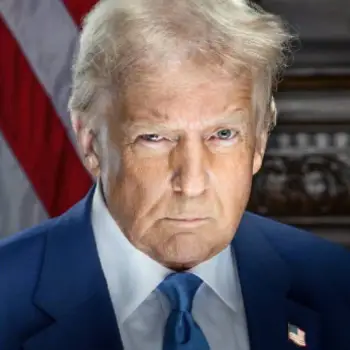How can we truly trust the media when we see, time and again, clear examples of how stories are shaped to protect political interests? Here’s yet another case of the media carefully crafting narratives to shield a left-leaning candidate from scrutiny. Instead of delivering unbiased information, they piece together selective facts, omit critical details, and spin the story in a way that benefits certain political agendas. This raises serious questions about the integrity and objectivity of the press, making it harder for the public to discern truth from manipulation.
Over the past 50 years, we’ve shifted from just three networks delivering nightly news to a media landscape dominated by 24/7 cable news channels, each competing fiercely for ratings and advertising dollars. The sheer volume of air time to fill has led to a saturation of opinion-driven content, often prioritizing sensationalism over substance. It’s no wonder the nation feels more divided than ever. The constant need for clicks and viewers fuels polarization, as news outlets cater to increasingly segmented audiences.
Add to this the rise of the internet and social media platforms, all vying for the same advertising revenue, and the result is an overwhelming flood of content that amplifies division, often at the expense of balanced, objective reporting. This hyper-competitive environment pushes media outlets to favor attention-grabbing narratives, creating echo chambers and deepening the ideological divide across the country.
Donald Trump has called the press the enemy of the people. He is not wrong. However, it’s important to note that this likely didn’t begin with deliberate intent. Rather, it’s the unintended consequence of competition, which is typically seen as a positive force. Over time, the drive to outpace rivals for viewership and revenue gradually shifted priorities, leading to the current state of sensationalized media and polarization.
The end result has been a deepening of the societal divide by giving disproportionate attention to ideas that were once considered fringe. Instead of presenting balanced perspectives, the media often amplifies extreme views to capture more engagement, pushing these once-marginalized ideologies into the mainstream.
For example, conspiracy theories that were once relegated to the fringes of political discourse have gained significant traction through relentless exposure on certain news channels and social media platforms. These once-outlandish ideas, which would have been dismissed as absurd, are now given a platform, allowing them to seep into the mainstream consciousness. The impact is no longer limited to average citizens on both sides of the political spectrum—it now extends to politicians, judges, district attorneys, and even lawyers.
The challenge is that, while most conspiracy theories are baseless, a few do turn out to have elements of truth. Though these instances are scattered, they occur often enough to make even the most level-headed individuals question the information they’re receiving. I could write a book on this subject but will end it there. Remain skeptical my friends!
Mac and Mike discuss the 60 Minute interview below.
Discover more from Veterans for Trump
Subscribe to get the latest posts sent to your email.











